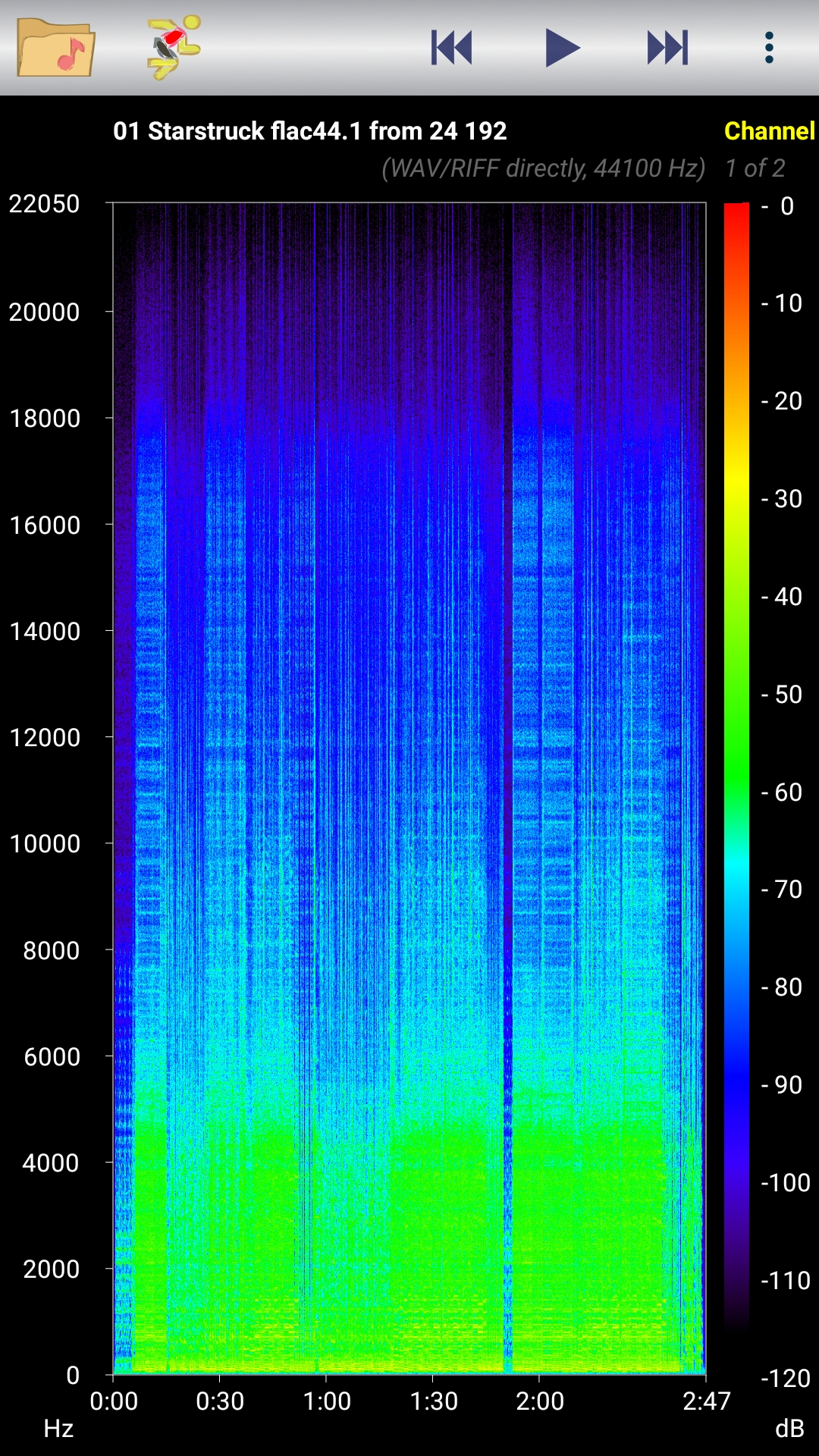bigshot
Headphoneus Supremus
A lot of television animation is made without directors at all. Traditionally, animation directors were responsible for supervising and doing the timing and layouts. Now they have 'show runners", who are basically creative executives. No one does timing and layout. The storyboard artist is responsible for doing all the posing and the animatic editor "parallel parks" the timing to find something that "works". But the synchronization is always much more primitive doing it this way. This is how mediocre animation is made.
Yes, the best CGI is the stuff that adheres to the fundamentals of animation... clear staging, rhythmic movement, caricature and exaggeration, etc. And the least effective are the ones that look at animation as a special effect recreating reality. I've produced a little mocap. We had to go back and completely rework it, animating it pretty much from scratch.
In the past, the action and music were planned at the same time. Once the storyboard was complete, the director and music director worked together to plan the timing on musical bar sheets. Once that was finalized, the composer wrote the score and the director did the layouts and cut exposure sheets for the animators. When the animation was completed, the composer would conduct the music to a click track and it would precisely synchronize with the action on the screen, because it all followed the bar sheets. I'm working on a project right now where we are reverse engineering Chuck Jones's timing to document his production process. If you're interested, PM me and I'll show you what we are doing.
Yes, the best CGI is the stuff that adheres to the fundamentals of animation... clear staging, rhythmic movement, caricature and exaggeration, etc. And the least effective are the ones that look at animation as a special effect recreating reality. I've produced a little mocap. We had to go back and completely rework it, animating it pretty much from scratch.
In the past, the action and music were planned at the same time. Once the storyboard was complete, the director and music director worked together to plan the timing on musical bar sheets. Once that was finalized, the composer wrote the score and the director did the layouts and cut exposure sheets for the animators. When the animation was completed, the composer would conduct the music to a click track and it would precisely synchronize with the action on the screen, because it all followed the bar sheets. I'm working on a project right now where we are reverse engineering Chuck Jones's timing to document his production process. If you're interested, PM me and I'll show you what we are doing.
Last edited:

























